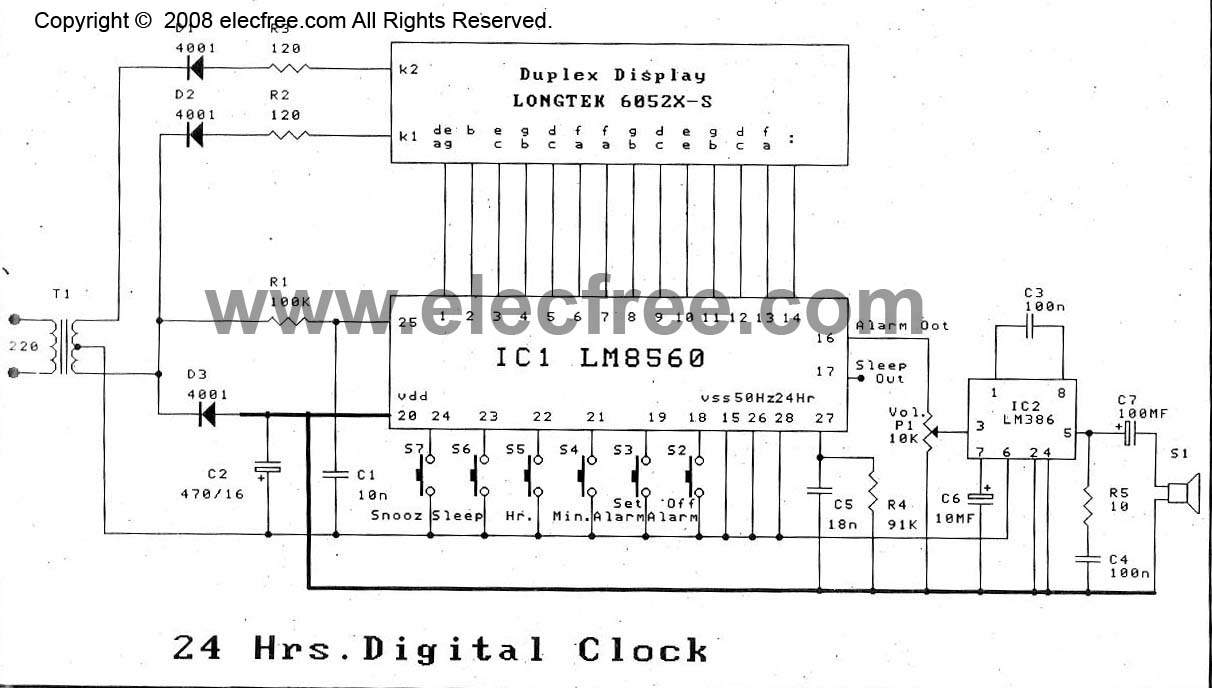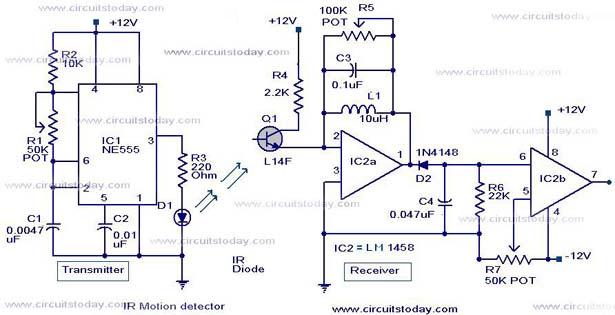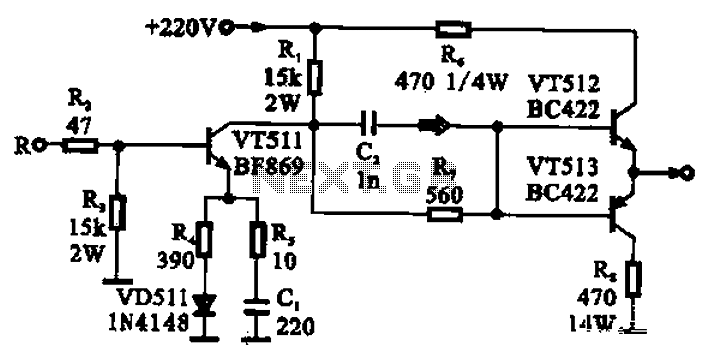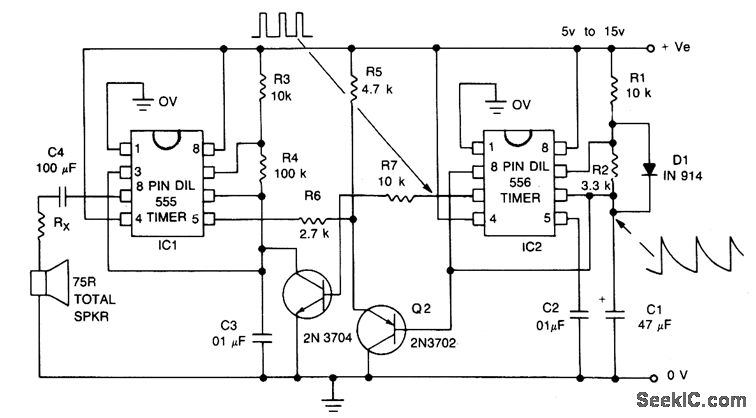
Drive Safely wth Speed Alarm
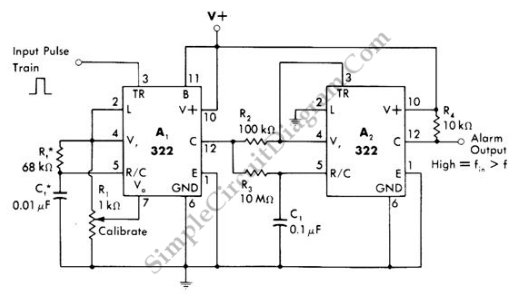
At high speeds, visually checking the speedometer to remain under the maximum speed can be hazardous. Implementing an audio alarm system would enhance safety by providing auditory alerts.
To enhance vehicle safety at high speeds, an audio alarm system can be integrated into the vehicle's dashboard. This system can be designed to monitor the vehicle's speed in real-time and provide immediate audio feedback when the speed approaches or exceeds a predetermined threshold.
The primary components of the audio alarm system include a speed sensor, a microcontroller, an audio output device (such as a buzzer or speaker), and a power supply. The speed sensor, typically a Hall effect sensor or a GPS module, measures the vehicle's speed and sends this data to the microcontroller.
The microcontroller, programmed with specific speed limits, continuously compares the incoming speed data against these limits. When the speed exceeds the set threshold, the microcontroller activates the audio output device, which emits a sound alert to notify the driver. This alert can be a continuous tone or a series of beeps, depending on design preferences.
For optimal performance, the circuit should include a power management system to ensure that the audio alarm operates reliably without draining the vehicle's battery. Additionally, a user interface with adjustable settings for speed thresholds and alarm volume can be integrated to allow customization according to driver preferences.
Overall, this audio alarm system serves as an effective safety enhancement, reducing the need for drivers to divert their attention from the road while maintaining awareness of their speed.At high speed, visually checking your speedometer to keep under maximum speed can be dangerous. It will be much safer if we put an audio alarm system to give a.. 🔗 External reference
To enhance vehicle safety at high speeds, an audio alarm system can be integrated into the vehicle's dashboard. This system can be designed to monitor the vehicle's speed in real-time and provide immediate audio feedback when the speed approaches or exceeds a predetermined threshold.
The primary components of the audio alarm system include a speed sensor, a microcontroller, an audio output device (such as a buzzer or speaker), and a power supply. The speed sensor, typically a Hall effect sensor or a GPS module, measures the vehicle's speed and sends this data to the microcontroller.
The microcontroller, programmed with specific speed limits, continuously compares the incoming speed data against these limits. When the speed exceeds the set threshold, the microcontroller activates the audio output device, which emits a sound alert to notify the driver. This alert can be a continuous tone or a series of beeps, depending on design preferences.
For optimal performance, the circuit should include a power management system to ensure that the audio alarm operates reliably without draining the vehicle's battery. Additionally, a user interface with adjustable settings for speed thresholds and alarm volume can be integrated to allow customization according to driver preferences.
Overall, this audio alarm system serves as an effective safety enhancement, reducing the need for drivers to divert their attention from the road while maintaining awareness of their speed.At high speed, visually checking your speedometer to keep under maximum speed can be dangerous. It will be much safer if we put an audio alarm system to give a.. 🔗 External reference

